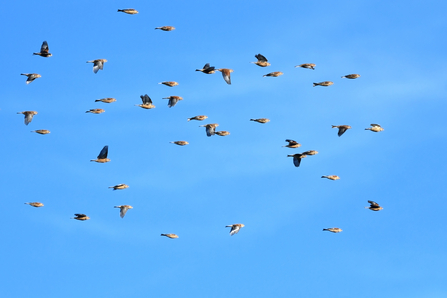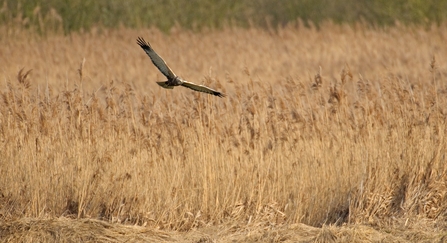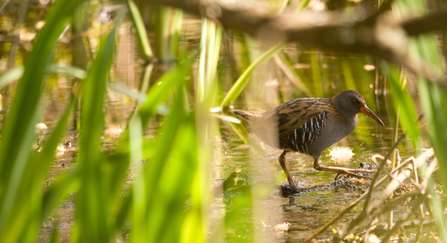It’s been great to hear the distant sounds of calling whooper swans this week; not so distant for some of the volunteers (the Great Fen Monitors) surveying for birds recently, with the swans flying past them!
The cold weather is certainly with us now and so the arrival of such birds is not a surprise. Other flocks are swelling in size as well, in a variety of habitats, from lesser redpolls feeding on the silver birch and alder catkin seeds, to the linnets out in the open fields.
Listen out for the lesser redpolls and siskins at places like Trundle Mere Lookout, as you are on the edge of Holme Fen. Try a walk on the Northern Loop Trail, watching out at its northern end for linnets (and raptors of course); peregrines have been spotted up this way as well.



